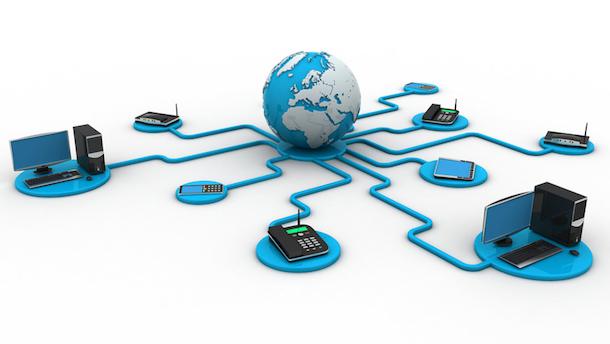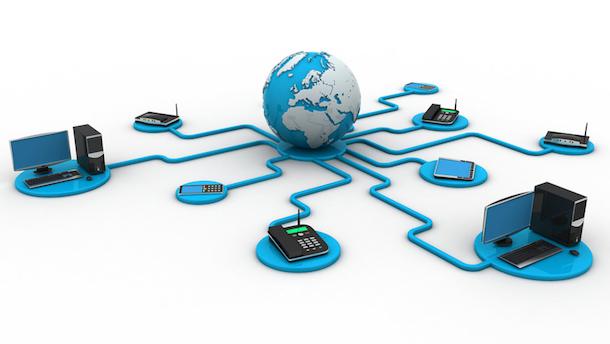When business owners take an inventory of IT needs, they tend to think about hardware tools like new computers and printers, wifi routers and signal boosters, and audio-visual systems that make teleconferencing easier. What they don’t tend to think about is the infrastructure that already needs to be in place to provide the capacity for these tools.
IT infrastructure goes unnoticed most of the time because it tends not to be visible — everything from the cabling that connects phone lines and outlets, to the routers and switches and subsystems that feed back to the ISP, are hidden away by design. But without this basic infrastructure, it would be impossible for the modern workplace to function.
While most office buildings have structured cabling of some kind, these systems may not be particularly up to date, and this can cause huge problems with functionality — especially for businesses that require significant online capability to do their work. It doesn’t matter how much money you invest in new computers with major processing capacity if you don’t have the IT infrastructure to serve them.
 This fact was underlined in a recent Forbes/Cisco survey that asked executives about analytics (a field of growing importance for businesses that want to be able to track the impact they are having online). According to the survey, the majority of top executives see infrastructure modernization as the key to expanding analytic capacity.
This fact was underlined in a recent Forbes/Cisco survey that asked executives about analytics (a field of growing importance for businesses that want to be able to track the impact they are having online). According to the survey, the majority of top executives see infrastructure modernization as the key to expanding analytic capacity.
But what does modernization involve, and how should small businesses approach the problem of updating their infrastructure?
In most cases, upgrading IT infrastructure means two things: expanding physical capacity by installing more cabling and routers, and improving the quality of the cables themselves. While many buildings are still outfitted with copper cabling, this technology has been far outstripped by fibre cables in recent years.
Fibre cables use pulses of light to send information, which is both more efficient and much faster. For this reason, replacing copper cabling with fibre cabling is a key part of modernizing your IT capacity.
 It is not generally recommended that individual companies take on the challenge of overhauling IT infrastructure in-house. Hiring a network cabling company like ExcelLinx Communications yields much better results, and is cheaper in the long run than asking your own IT team to take care of it. Because ExcelLinx takes a full-service approach and handles all the arrangements, the job is done quickly, correctly, and in a way that will allow your business to grow its capacity in the years to come.
It is not generally recommended that individual companies take on the challenge of overhauling IT infrastructure in-house. Hiring a network cabling company like ExcelLinx Communications yields much better results, and is cheaper in the long run than asking your own IT team to take care of it. Because ExcelLinx takes a full-service approach and handles all the arrangements, the job is done quickly, correctly, and in a way that will allow your business to grow its capacity in the years to come.
For non-specialists, IT issues can seem somewhat random: slow connection speeds and lengthy upload and download times are unpredictable, and don’t appear to have an obvious cause. But the reality is that these variables are all rooted in hardware capacities and complex systems that we rely on every day, even though we may not be able to recognize the components.
If your business is having issues with connectivity (or if your system does not seem able to deliver on the tasks you are demanding of it), this may be a sign that your infrastructure is over-taxed and needs to be updated. Hiring a professional network cabling company to explore solutions is an important step toward dealing with limitations that may hamper your ability to compete in the 21st century information economy.
